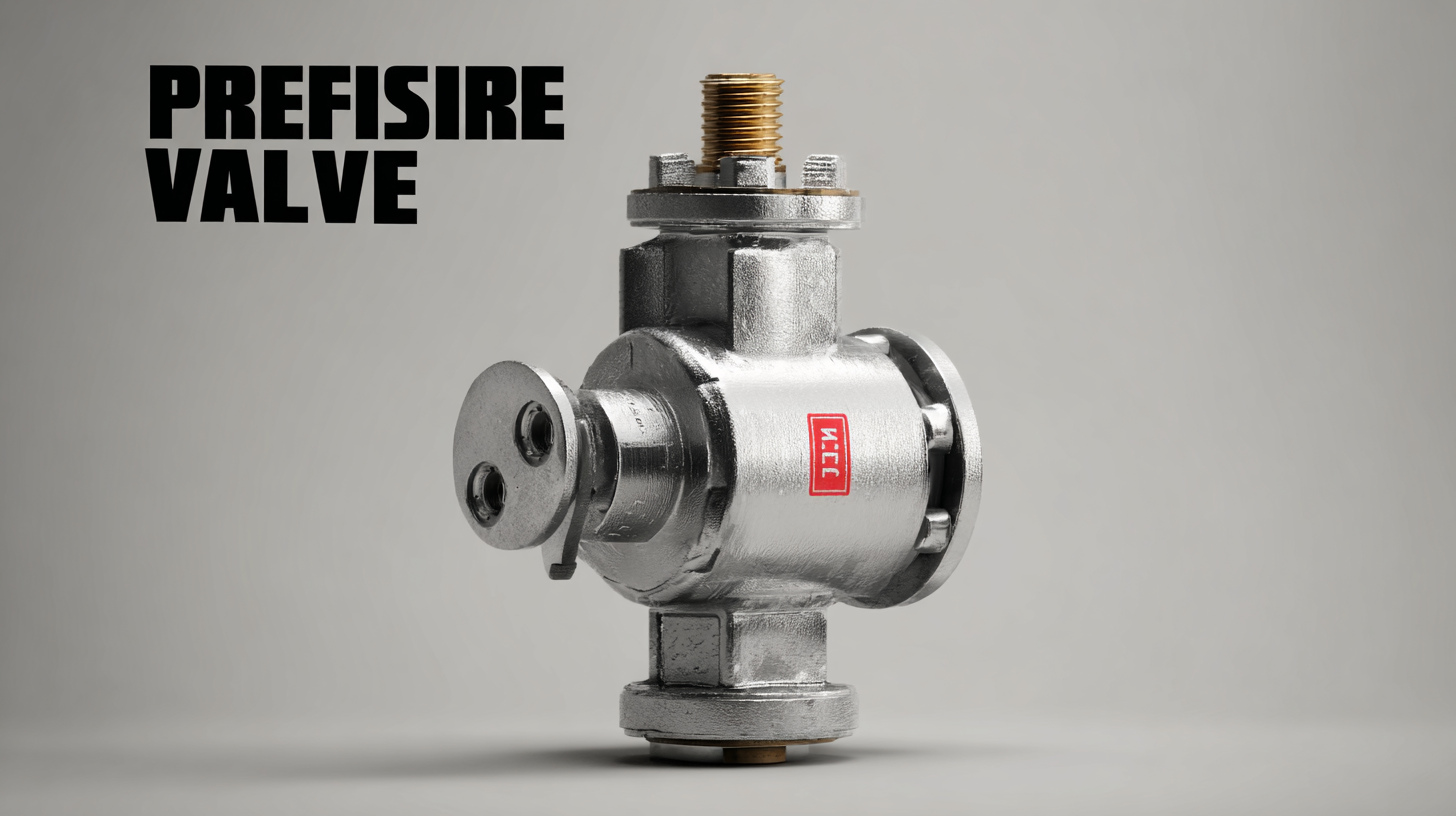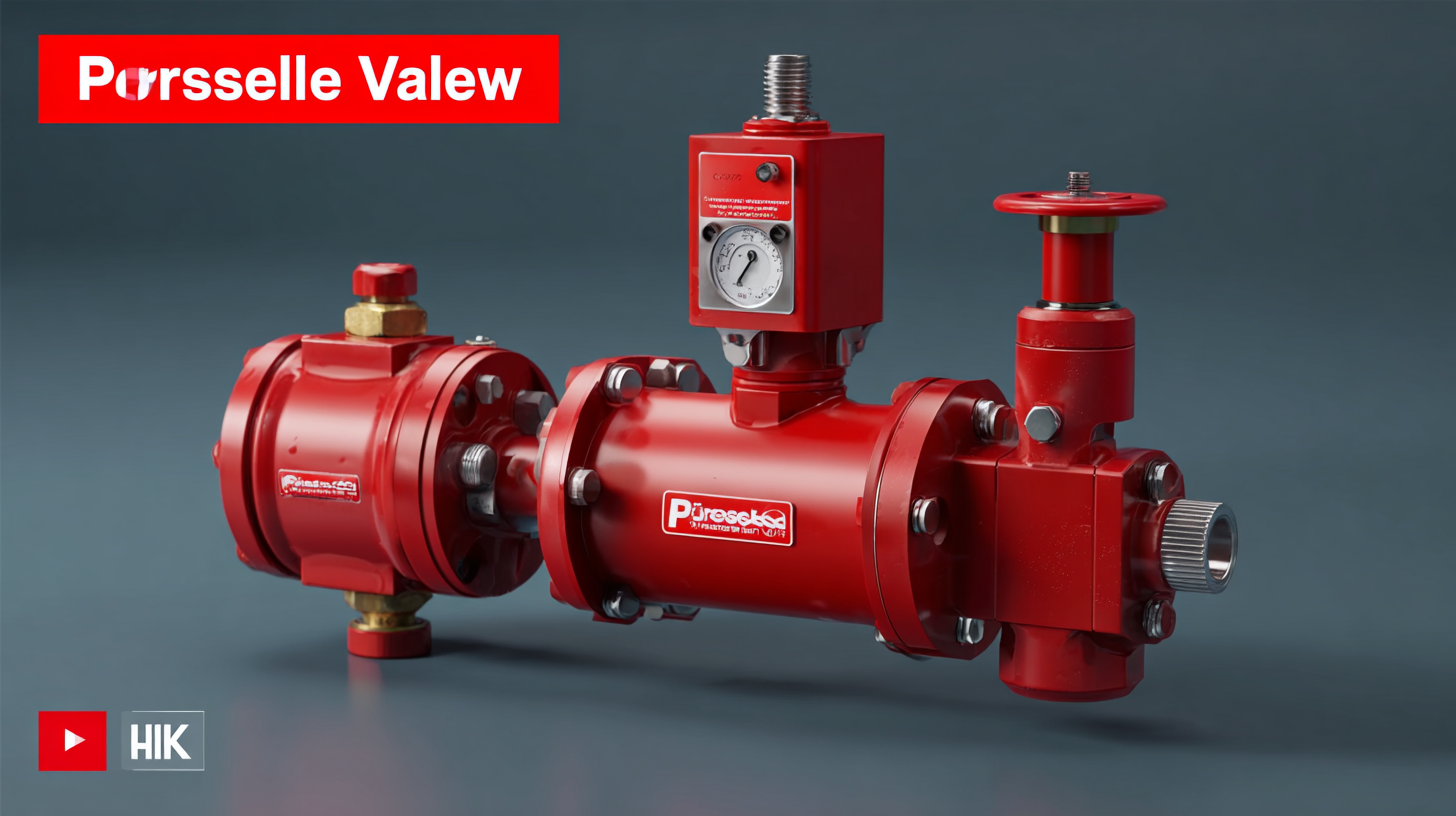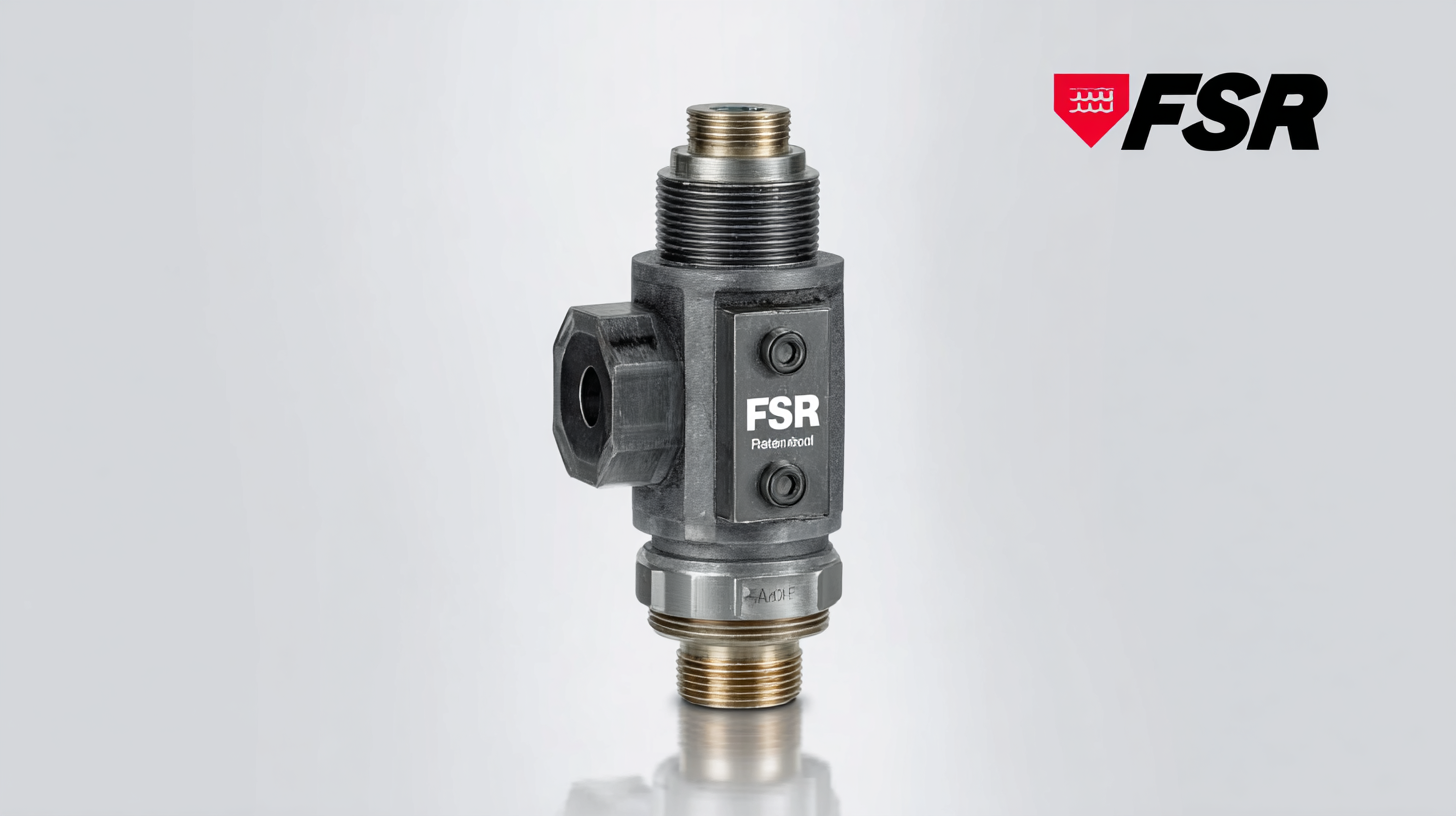-
Solutions
-
Waterworks
Pressure Reducing
Pressure Sustaining / Pressure Relief
Flow Control valves
Float Valves - Level Control
Electrically Actuated Valves
Pressure Modulation - Remote Control
Altitude Valves - Level Control
Burst Control Valves
Pump Control
CLA-VAL "HYTROL" Main Valve
Valve Controllers and Data Loggers
Air Valves
See allWaterworks
-
Military Fuelling
-
- About us
-
Blog
- Support
-
Contact
Blog
Common Challenges Faced When Selecting the Best Pressure Relief Valve Solutions
In the rapidly evolving landscape of industrial applications, selecting the optimal Pressure Relief Valve (PRV) solutions remains a critical challenge for engineers and facility managers. According to a recent market analysis by Research and Markets, the global PRV market is projected to grow significantly, reaching an estimated value of over $4 billion by 2025, driven by increasing safety regulations and advancements in valve technology. However, the selection process is often marred by complexities related to system compatibility, pressure ratings, and material selection, which can lead to costly downtime and safety hazards if not addressed properly. This blog will explore these common challenges while providing insights into effective solutions, ensuring that organizations can make informed decisions when integrating PRVs into their systems.

Key Factors in Identifying the Right Pressure Relief Valve for Your Application
When selecting the right pressure relief valve for your application, several key factors must be taken into consideration. Firstly, understanding the specific pressure and temperature requirements is critical. Each application has its unique set of operating conditions, and the valve must be capable of handling these effectively. It is crucial to evaluate the maximum allowable working pressure (MAWP) and the temperature range to ensure that the valve performs optimally without the risk of failure or damage.
Another important factor is the material of the valve. Depending on the fluids being managed, certain materials may be more suitable than others. For instance, corrosive environments can necessitate the use of stainless steel or other resistant materials. Additionally, the size and flow characteristics of the valve must be aligned with your system requirements to ensure appropriate function and safety. Understanding these elements helps in selecting a valve that not only meets performance standards but also enhances the overall safety of the system.
Common Challenges Faced When Selecting the Best Pressure Relief Valve Solutions
Emerging Technologies Shaping Pressure Relief Valve Solutions in 2025
Emerging technologies are set to significantly shape pressure relief valve solutions in 2025, driven by the need for enhanced safety and efficiency across various industries. According to a recent market analysis by Research and Markets, the global pressure relief valve market is projected to reach $4.2 billion by 2025, growing at a compound annual growth rate (CAGR) of 6.5%. This growth is underpinned by the increasing adoption of advanced materials and automation technologies, which are crucial in reducing failure rates and improving performance reliability.
One of the most promising advancements is the integration of IoT (Internet of Things) in pressure relief valve systems. Real-time data monitoring allows for predictive maintenance, reducing the risk of unexpected failures and optimizing operational efficiency. A report by Grand View Research suggests that IoT-enabled devices in industrial applications could lead to a 20% reduction in downtime, signifying a transformative shift in how industries manage pressure relief systems. As these technologies continue to evolve, they will not only enhance safety standards but also drive the overall performance of pressure relief valve solutions in the coming years.
Common Challenges Faced When Selecting the Best Pressure Relief Valve Solutions - Emerging Technologies Shaping Pressure Relief Valve Solutions in 2025
| Challenge | Impact | Emerging Technology | Potential Solution |
|---|---|---|---|
| Selecting the Right Size | Risk of inadequate pressure relief | AI-Based Sizing Tools | Use software algorithms to optimize sizing |
| Material Compatibility | Possible corrosion or failure | Advanced Material Analytics | Employ analytics to evaluate material properties |
| Regulatory Compliance | Legal penalties and shutdowns | Blockchain for Regulatory Tracking | Implement blockchain for transparent record-keeping |
| Performance Testing | Unreliable operation under stress | Simulation Software | Utilize simulation for thorough performance testing |
| Supply Chain Issues | Delays in procurement | IoT Supply Chain Management | Integrate IoT for real-time tracking of components |
Exploring Alternative Materials and Designs for Enhanced Valve Performance
When selecting pressure relief valves, the choice of materials and designs plays a crucial role in enhancing performance and reliability. Traditionally, many valves were constructed from metals such as stainless steel, which, while robust, can be susceptible to corrosion and wear over time. Exploring alternative materials, such as high-performance plastics or composites, has opened up new avenues for extending the life of these critical components. These materials not only offer greater resistance to chemical attack but also reduce weight and can improve the overall efficiency of the valve system.
Moreover, advancements in design technologies have made it possible to create valves that are better suited for specific applications. For example, utilizing computer-aided design (CAD) techniques allows engineers to optimize flow characteristics and minimize pressure losses within the valve. Innovative designs such as dual-stage or modular pressure relief valves further enhance the adaptability and performance under varying operational conditions. Such customization can significantly impact system safety and operational efficiency, ultimately leading to lower maintenance costs and improved performance across diverse industries.

Common Pitfalls in the Selection Process of Pressure Relief Valves
Selecting the right pressure relief valve (PRV) is crucial for ensuring safety and efficiency in various industrial applications. However, many engineers face common pitfalls during the selection process. One significant mistake is neglecting to consider the pressure and temperature ratings specific to their operational environment. According to a study by the Pressure Relief Device Institute (PRDI), nearly 25% of system failures can be attributed to incorrectly rated valves that do not align with the operating conditions.
Another common challenge is overlooking the necessary maintenance and serviceability of the chosen PRVs. A report by the American Society of Mechanical Engineers (ASME) highlights that around 40% of accidents related to pressure relief devices arise from poor maintenance practices. To mitigate these issues, it’s essential to choose valves designed with accessible maintenance in mind, allowing for regular checks and replacements without significant downtime.
Tip: Always consult with manufacturers to gain insights into the best practices for PRV selection and maintenance based on your specific application needs. Engaging in regular training for maintenance personnel can also greatly enhance understanding and effectiveness in managing these critical components.
Best Practices for Evaluating Pressure Relief Valve Suppliers and Solutions
When selecting pressure relief valve solutions, it's crucial to thoroughly evaluate potential suppliers to ensure they meet your operational needs. Begin by assessing the supplier's reputation and track record in the industry. Look for manufacturers that have a proven history of delivering reliable and compliant products. Customer reviews and case studies can provide valuable insights into how these valves have performed in real-world applications. Additionally, consider the supplier’s experience with specific industries, as expertise in handling unique challenges can lead to more tailored solutions.
Another key practice is to review the supplier’s technical capabilities and support services. Evaluate their commitment to innovation and adaptability in developing products that comply with current safety regulations and standards. Ensure that the manufacturer provides comprehensive support, including installation guidance, maintenance services, and readily available spare parts. Furthermore, conduct a thorough comparison of warranties and after-sales services among different suppliers. This diligence will help you mitigate risks associated with pressure relief valves and contribute to a safer and more efficient operational environment.

CLA-VAL UK Limited
Dainton House
Goods Station Road
Tunbridge Wells
Kent, TN1 2DR
© 2025 CLA-VAL UK | site map | Terms and Conditions of Sale and Warranty | Privacy policy

